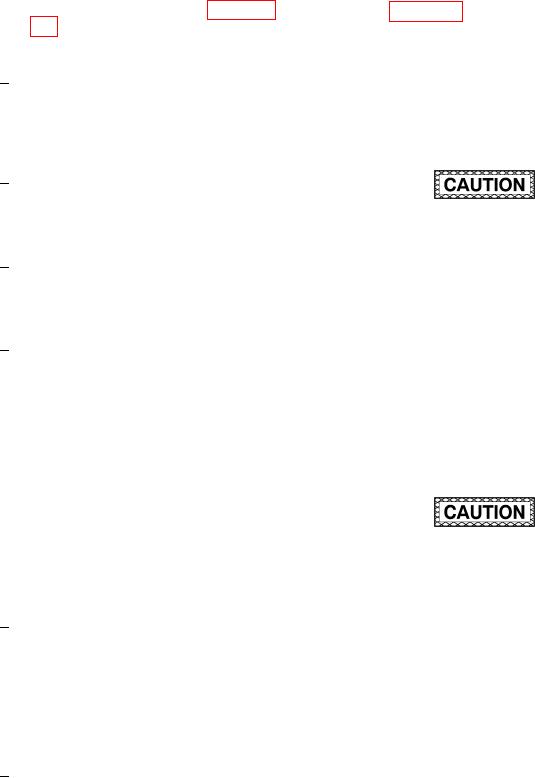
TM 1-1500-204-23-11
(c) Monitor. During the cure, monitor as
above, place the control thermocou-
ple on top of the heat blanket to pre-
many thermocouples as practical.
vent thermocouple mark off. When
the control thermocouple is placed on
f. Hot Bonders. A hot bonder is a temperature
top of the heat blanket, the materials
control unit which is most often used with heat blan-
beneath the thermocouple (copper
kets, but may be used with other heating devices.
sheet, bleeder material, release ilm)
A thorough understanding of your hot bonder s pro-
act as insulators. A heat survey must
gramming features will allow you to effectively cure a
irst be performed IAW paragraph
repair. See Chapter 3, Tools, Equipment, and Sup-
6-18g. to ensure the required cure
plies for more information on hot bonder construction,
cycle parameters can be met.
selection, and troubleshooting.
4
The thermocouples installed around
(1) Program. Program the cure in accordance
the perimeter of the repair patch
with the hot bonder manufacturer s directions. To
should be placed approximately 0.5
ensure the proper cure is obtained, you must know
inch away from the edge of the adhe-
how the hot bonder selects the control thermocouples
sive line.
and how the alarms are triggered.
5
Place lash tape below and above
the thermocouple tips to protect them
from resin lash and to protect the
To prevent damage to part, equipment, aircraft,
control unit from electrical shorts.
and/or repair facilities, hot bonders shall be
monitored.
6
Do not place the thermocouple under
the vacuum port as the pressure may
(2) Monitor. Anytime a vacuum bag is used to
damage the lead and cause erro-
hold a heat blanket in place, the low-pressure alarm
neous readings to occur.
shall be used. If the hot bonder is not equipped with a
low-pressure alarm, personnel shall visually verify the
Do not place thermocouple wires
7
integrity of the vacuum bag every 2 minutes. Monitor
adjacent to or crossing the heat blan-
the hot bonder during all heating cycles. Personnel
ket power cord to prevent erroneous
may move away from the hot bonder provided the
temperature readings caused by
controller has an audible alarm, the alarm is tested
magnetic lux lines.
prior to the heating cycle and is serviceable, qualiied
personnel remain within hearing distance of the alarm,
NOTE
and qualiied personnel periodically perform a visual
It is considered good practice to place the
check of the hot bonder and repair.
control thermocouple at least 90 degrees from
the heat blanket power cord and ensure the
thermocouple and power cords don t cross
between the vacuum bag and the hot bonder.
To prevent heat damage to part, 100 percent
An additional thermocouple can be placed
contact must be maintained between the
inside the bag that could be used in the
thermocouple and the part.
event of a thermocouple failure.
(3) Temperature Control. Temperature control
Do not place any control thermocou-
8
is accomplished by comparing the programmed tem-
ple beyond the heat blanket s 2 inch
perature ramps and holds (the set point) to the tem-
overlap of the repair to prevent the
peratures measured by control thermocouples at the
controller from trying to compensate
repair location. Typically, three options for control are
for the lower temperature. If a vari-
available:
able watt-density blanket is used, this
may be permitted as long as a ther-
mal survey has been performed.
(a) A thermocouple may be assigned as a
single control thermocouple (not recom-
mended).
9
Always leave slack in the thermocou-
ple wire under the vacuum bag to
prevent the thermocouple from being
(b) An average of a speciied set of thermo-
pulled away from the area to be mon-
couples may be assigned to control the
itored as vacuum is applied.
heat cycle.
6-77

